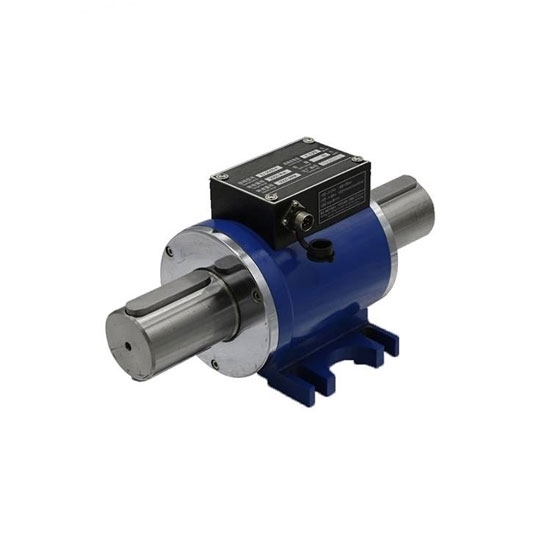
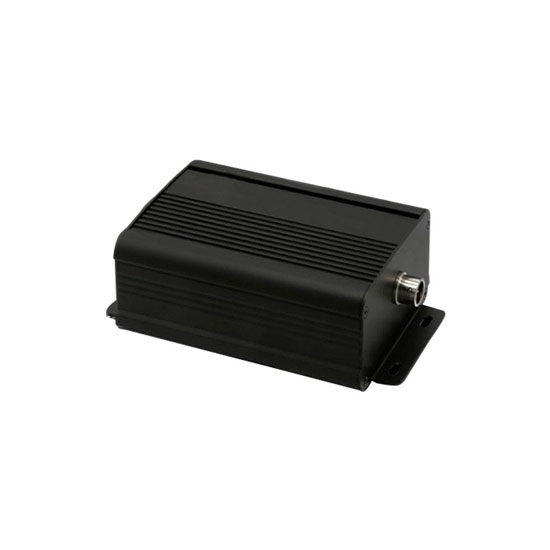
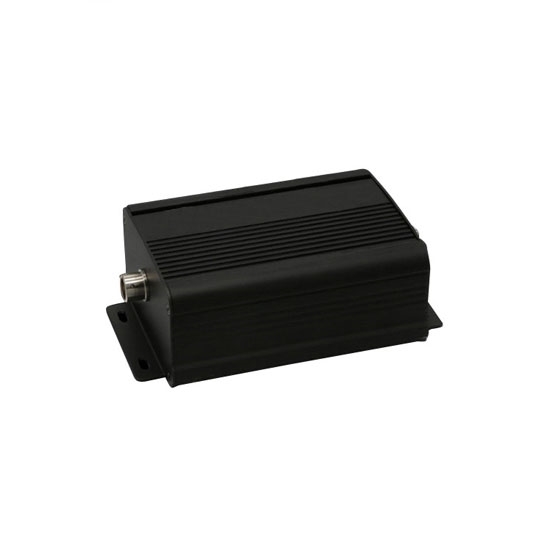
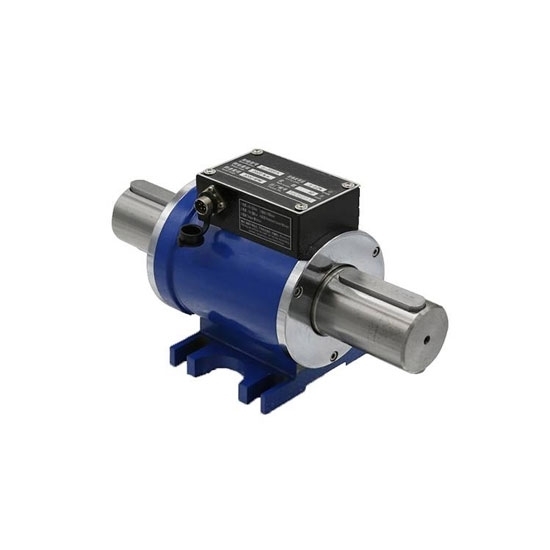
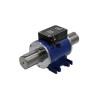
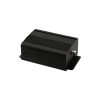
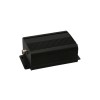
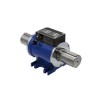
- Stock: In Stock
- Model: RDDLZ-TQS-ZJ-A
- Weight: 1.00
- SKU: RDDLZ-TQS-ZJ-A
Available Options
Rotary torque sensors have capacity range from 50Nm, 100 Nm, 500 Nm to 50000 Nm. Torque sensor capacity can be customized according to customer requirements. You can buy a signal converter with 4-20mA/ 0-5V/ 0-10V output or RS485 communications to use with RDDLZ rotating torque sensor.
Specification
| Model | RDDLZ-ZJ-A | |
| Rotary Torque Sensor | Shipping Weight | 5~110kg |
| Capacity Range * | 0-50 Nm ~ 0-50000 Nm | |
| Accuracy * | 0.2%F·S, 0.1%F·S | |
| Power Supply * | ±15V ±5% DC (≥50mA), 24V DC | |
| Output Signal * | 10kHz±5kHz, 4-20mA, 0-5V, 1-5V, 0-10V (add signal converter), RS485 | |
| Max. Speed | 6000rpm | |
| Speed Range | 0-1500rpm, 0-3000rpm, 0-4000rpm, maximum speed 6000rpm | |
| Speed Signal | 60-2000 pulse/turn | |
| Temperature Drift on Zero | <0.1%F·S/10°C | |
| Operating Temperature | -20°C~+70°C | |
| Humidity | ≤90%RH | |
| Insulation Resistance | >500MΩ | |
| Stability | 0.3%F·S/year | |
| Safety Overload | 150%F·S | |
| Breaking Load | 200%F·S | |
| Sensitivity | 1±0.2 mv/V | |
| Power Consumption | 4W | |
| Bridge Voltage | DC 10V | |
| Material | Alloy steel | |
| Protection Class | IP65 | |
| Electrical Connection | Circular connector | |
| Wiring | ±15V DC: Red: V+, Blue: V-, Green: Speed output, Yellow: Torque output, Black: GND 24V DC: Red: 24V DC, Blue: Signal-, Green: Speed output, Yellow: Torque output, Black: GND | |
| Cable Length | 2m (Φ5mm), or other customizable lengths | |
| Signal Converter | Power Supply | ±15V DC, 24V DC (±0.4V) |
| Power Supply Dissipation Power | Less than 1W | |
| Response Time | ≥100mS | |
| Conversion Accuracy | ±0.1%F·S | |
| Signal Input | Optoelectronic isolation. It is used with rotary torque sensor. | |
| F/V Signal Output | 0-5V, 0-10V | |
| F/I Signal Output | 4-20mA | |
| Operating Temperature | -20°C~+60°C | |
| Humidity | 0-90%RH | |
| Wiring | ±15V DC: Red: V+, Blue: V-, Green: Speed output, Yellow: Torque output, Black: GND 24V DC: Red: 24V DC, Blue: Signal-, Green: Speed output, Yellow: Torque output, Black: GND | |
| Overall Dimension | 158*95*55mm (L*W*H) | |
| Istallation Dimension | 143*43, 4-M3 (mm) | |
Rotary Torque Sensor Dimensions (Units: mm)
*Single Key (Default)
| Capacity Range | Overall Dimension (mm) | Shaft Couping Size (mm) | Base Support Size (mm) | Max. Speed (rpm) | Weight (kg) | ||||||||||||
| H | L | D | d | b(h7)*n | T | L1 | L2 | L3 | L4 | L5 | L6 | H1 | d1 | h | |||
| 50 Nm | 114 | 188 | 78 | 18 | 6*1 | 20.5 | 31 | 31 | 72 | 90 | 75 | 100 | 55 | 8 | 12 | 6000 | 5 |
| 100 Nm | 114 | 188 | 78 | 18 | 6*1 | 20.5 | 31 | 31 | 72 | 90 | 75 | 100 | 55 | 8 | 12 | 6000 | 5 |
| 500 Nm | 135 | 238 | 96 | 38 | 10*2 | 22 | 55 | 55 | 72 | 90 | 75 | 100 | 65 | 8 | 12 | 4000 | 8 |
| 1000 Nm | 143 | 270 | 106 | 48 | 14*2 | 27.5 | 70 | 70 | 69 | 90 | 78 | 120 | 68 | 12 | 15 | 3000 | 10 |
| 3000 Nm | 187 | 347 | 144 | 75 | 20*2 | 42 | 105 | 105 | 69 | 100 | 156 | 180 | 90 | 12 | 15 | 2000 | 25 |
| 5000 Nm | 187 | 347 | 144 | 75 | 20*2 | 42 | 105 | 105 | 69 | 100 | 156 | 180 | 90 | 12 | 15 | 2000 | 25 |
| 10000 Nm | 214 | 389 | 158 | 98 | 28*2 | 55 | 118 | 118 | 80 | 110 | 170 | 200 | 110 | 14 | 15 | 2000 | 40 |
| 20000 Nm | 225 | 420 | 168 | 105 | 28*2 | 28.5 | 125 | 125 | 88 | 125 | 180 | 205 | 115 | 14 | 15 | 1800 | 60 |
| 50000 Nm | 301 | 480 | 240 | 150 | 40*2 | 84 | 150 | 150 | 90 | 125 | 190 | 350 | 153 | 18 | 20 | 1500 | 110 |
Details
Tips: What are different types of torque sensor?
Torque sensor is mainly used for measuring various torque, speed and mechanical efficiency. It converts torque into electrical signals, and its accuracy is related to the accuracy of the test system. The torque sensor can measure static torque, rotary torque and dynamic torque with high detection accuracy, good stability and strong anti-interference. It can continuously measure forward and reverse torque without repeated zero adjustment, which can run for a long time at high speed. It outputs high level frequency signals which can be directly sent to the computer for processing. Here are the different types of torque sensor as follows.
- Non-contact torque sensor
Non-contact torque sensor is dynamic torque sensor, also called rotary torque sensor. Its input shaft and output shaft are connected by a torsion bar. Its input shaft and output shaft are connected by a torsion bar. The input shaft has splines on it, and the output shaft is a keyway. When the torsion bar is twisted by the torque, the relative position of the splines and keyway is changed, and the change of their relative displacement is the torsion of the torsion bar. This process causes the magnetic intensity on the spline to change, which is converted into a voltage signal by the coil. - Strain gauge torque sensor
The strain gauge torque sensor uses strain electric measurement technology. Its principle is to make use of the elastic shaft and paste the strain gauge to form a measuring bridge. When the elastic shaft is subjected to small deformation by the torque, the resistance value of the bridge will change, and then the electrical signal will change, so as to realize the measurement of torque. - Phase difference torque sensor
The phase difference torque sensor is the torque angle phase difference sensor. Its principle is the magnetoelectric phase difference torque measurement technology. Two sets of gears with exactly the same number of teeth, shape and installation angle are installed at both ends of the elastic shaft, and the proximity sensor is installed outside the gear. As the elastic shaft rotates, the waveforms of the two sets of sensors create a phase difference to calculate the torque.
In addition, high-performance rotary torque sensor is more commonly used, it combined with wireless communication technology, to achieve the wireless transmission of data.
